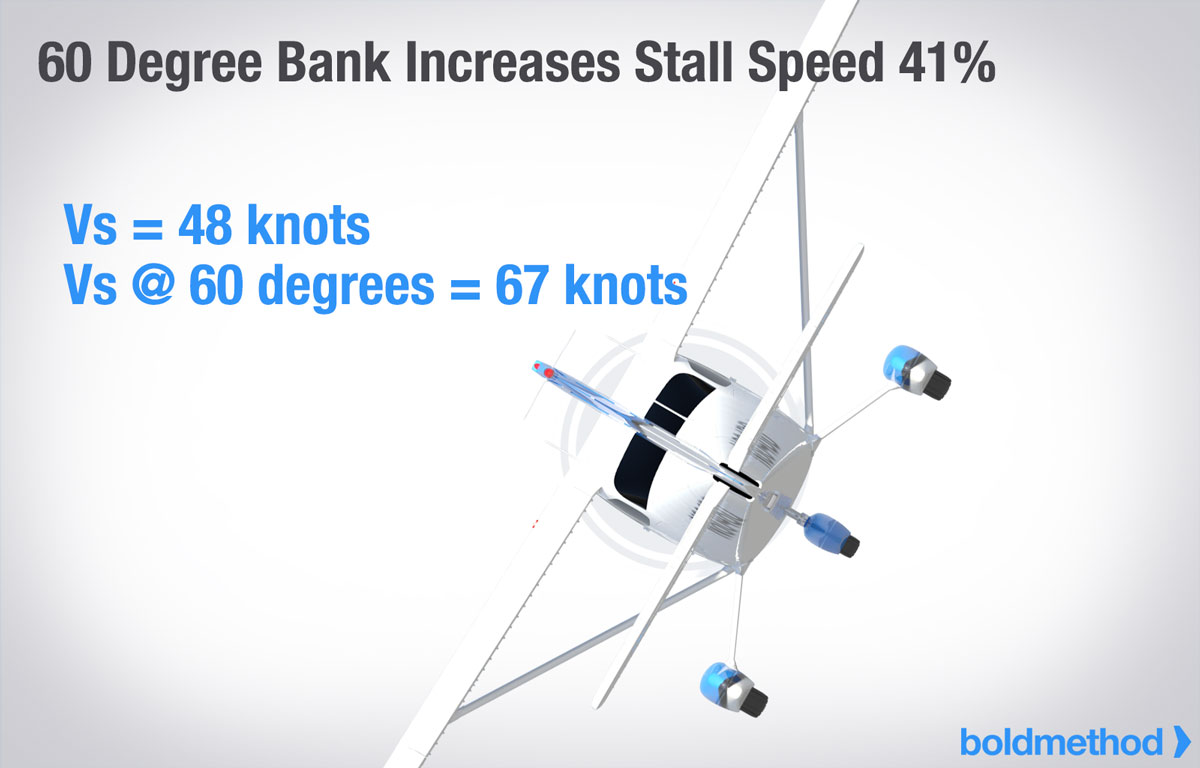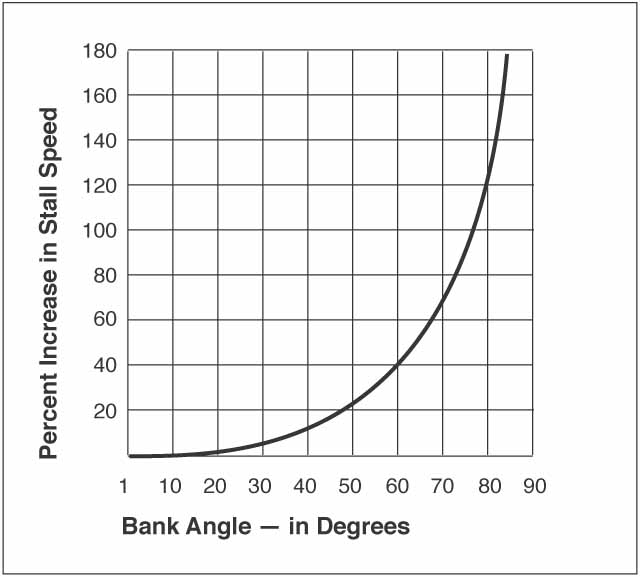JakePilot
Filing Flight Plan
- Joined
- Aug 17, 2016
- Messages
- 6
- Display Name
Display name:
~Jake~
Hi people my name is Jake, i am new here, currently working on my CFI ratings.
Someone asked me a question in my school and i didn't really know the answer.
the question is: Is it possible to make Steep Turns above 45 degrees bank during Slow Flight maneuver?
thanks for the answers
Someone asked me a question in my school and i didn't really know the answer.
the question is: Is it possible to make Steep Turns above 45 degrees bank during Slow Flight maneuver?
thanks for the answers


